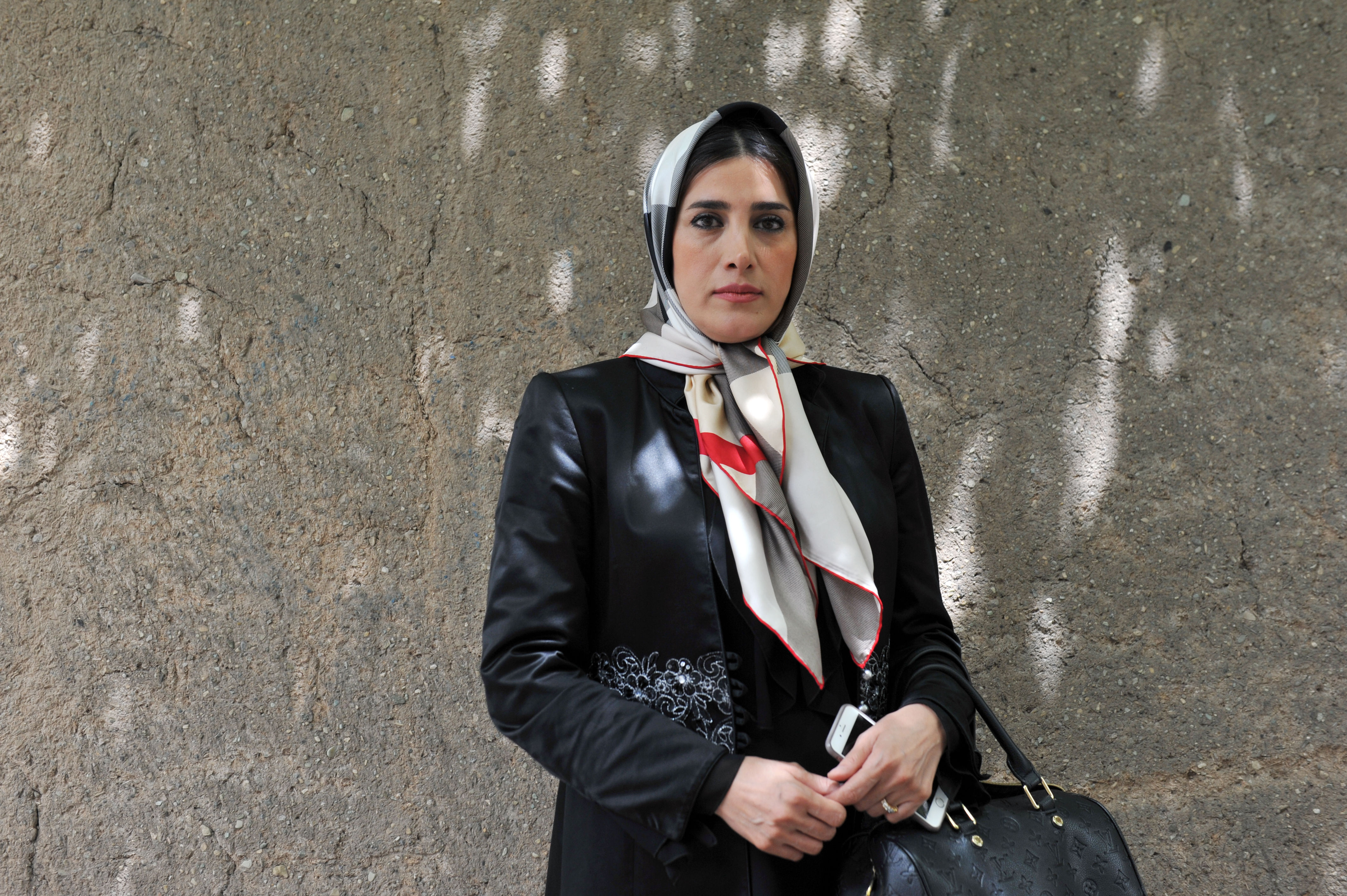Mahboubeh Kazemi Talks About Taraneh Baran Gallery, Calligraphy Auction

TEHRAN. (Iranart) - Taraneh Baran Gallery owner says almost 37 percent of the world’s tourists are cultural and art tourists and most of those who visit Iran come over here to see our art and culture.
With the most cultural influence, Iran has great potentials in classic art. That’s according to Mahboubeh Kazemi Doulabi. Speaking to Honaronline, she says her Taraneh Baran Gallery, established in 2011, is the only gallery that has dedicated itself to the promotion of calligraphy art and business in Iran.
On how she first began her work: Together with my brother, we started doing art events at the Niavaran Cultural Complex. I then opened Taraneh Baran Gallery in 2011, with a special focus on calligraphy. It’s the first of its kind in the field, because not many galleries were doing calligraphy at the time. I organized the first calligraphy exhibition in the same year. Its aim was the promotion of the art of calligraphy and its educational significance through exhibitions and auctions.
On classic and modern calligraphy paintings: Drawing and calligraphy and calligraphy paintings are one and the same. Some of our carpets have calligraphy written all over them. The same is true about handicrafts. It’s not just about beauty and design; it’s also about the context and the meaning of art. I largely prefer classic calligraphy, a visual art related to writing. Modern calligraphy ranges from functional inscriptions and designs to fine-art pieces. Classical calligraphy differs from typography and non-classical hand-lettering, though a calligrapher may practice both.
On art research at the Taraneh Baran Gallery: We want to globalize our work. So we must have sufficient information and do research on all our works. We do this in collaboration with a group of authors and researchers. We work with young and new talents as well. This helps us to select top works for auction. We always pay attention to the names of artists and when their works were created. Our research center does all this and more. Calligraphy continues to flourish in the forms of religious art, graphic design and commissioned calligraphic art in Iran. So we have a lot to work on.
On Iran’s calligraphy market: We always try to attract our own type of customers. We believe there are potential clients who are interested in the Iranian calligraphy market. All we need to do is advertise our works and this includes proper information dissemination. Islamic banking, for instance, has many clients. This in addition to Islamic tourism has the potential to attract western tourists and audiences. Based on a new research by the Rands in the US, Muslims will make up half of the world’s population by 2050. This means a huge business and great potentials for Islamic art, tourism, food and fashion industries.
On art tourism potentials in Iran: Iran has great potentials in art, particularly classical art. We have a lot to say in this field. Almost 37 percent of the world’s tourists are cultural and art tourists. Most of those who visit Iran come over here to see our art and culture. They are affluent and spend more than others when visiting Iran. They are mostly attracted to the Iranian and Islamic aspects of our culture and civilization. We boast about our art and civilization which date back thousands of years. We have the documents and the evidence to prove it.
On the potentials of art auctions: Every cultural activity needs to take into account the economic and business sides of the industry as well. Without appreciating the business aspects of the art you cannot do a cultural work and succeed. Auctions help us link the art to the economy. Art auctions could be also a good way either to discover previously unknown artists or to know a bit more about the masters. Cultural economics is concerned with the arts in a broad sense. Auctions create the added value and for that reason we need to organize auctions for our visual art. It’s a difficult and complex process but we need it to promote and sell our art works.
On international auctions: International auctions have also begun paying greater attention to the art of calligraphy. We held four auctions this year and many of the works sold were then auctioned abroad. It works the other way around as well. Some of our art collectors bought top works from international auctions and brought them back to the country. Many European countries organize auctions to attract foreign tourists to their art. We could do the same on a greater scale. Some of our art works are 1400 years old. We can only sell contemporary works that are not older than 100 years. Still, it helps broaden and cement our cultural relations with the outside world. We should always invite foreign collectors and interested buyers to take part in our art auctions.
On upcoming auctions: We will organize the next auction to coincide with the World Tourism Day. That’s the time when many tourists visit Iran. Since 1980, the United Nations World Tourism Organization has celebrated World Tourism Day as international observances on September 27. The period 23-30 September is also the best time of the year to hold international art auctions in Iran.

